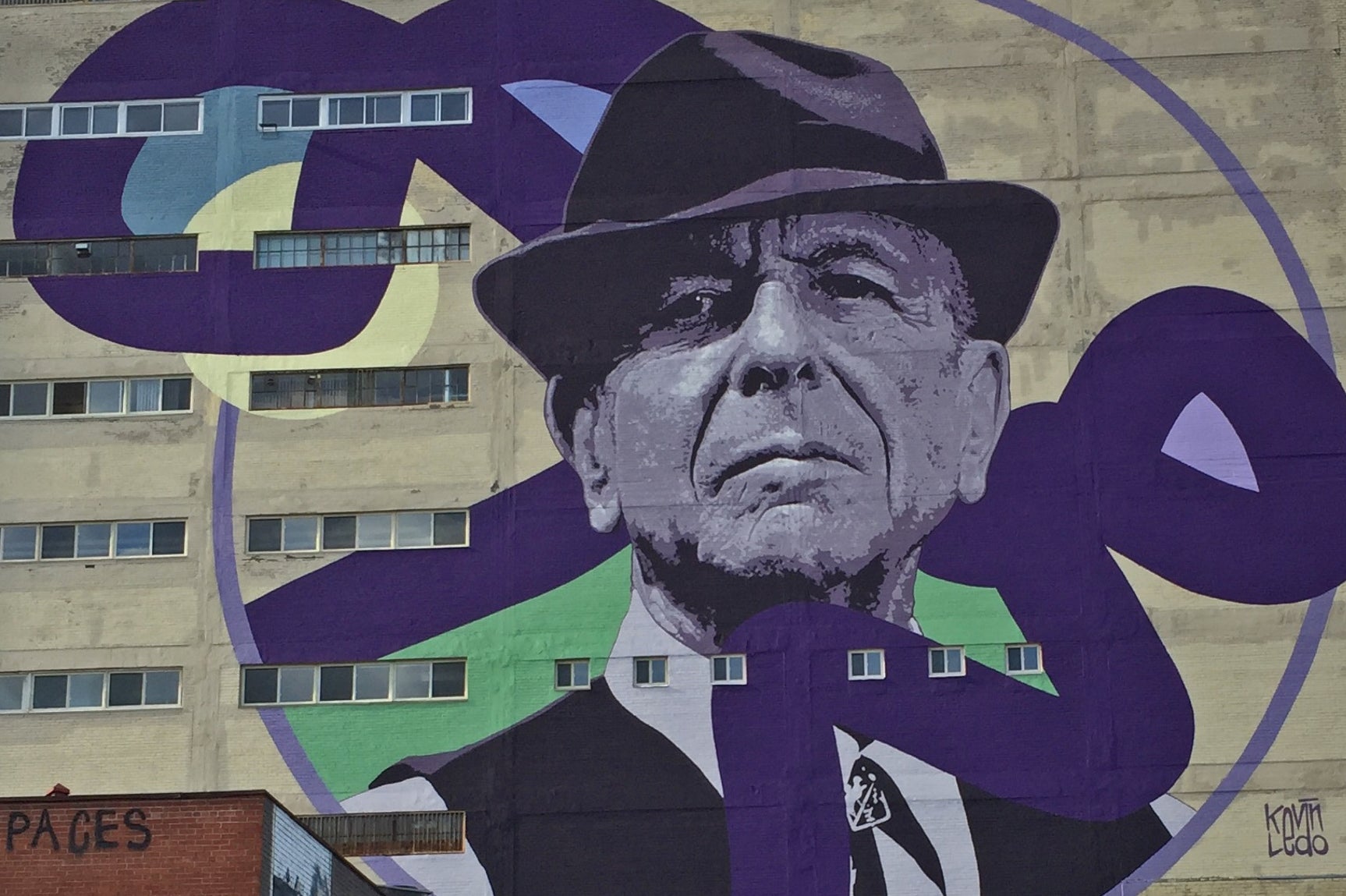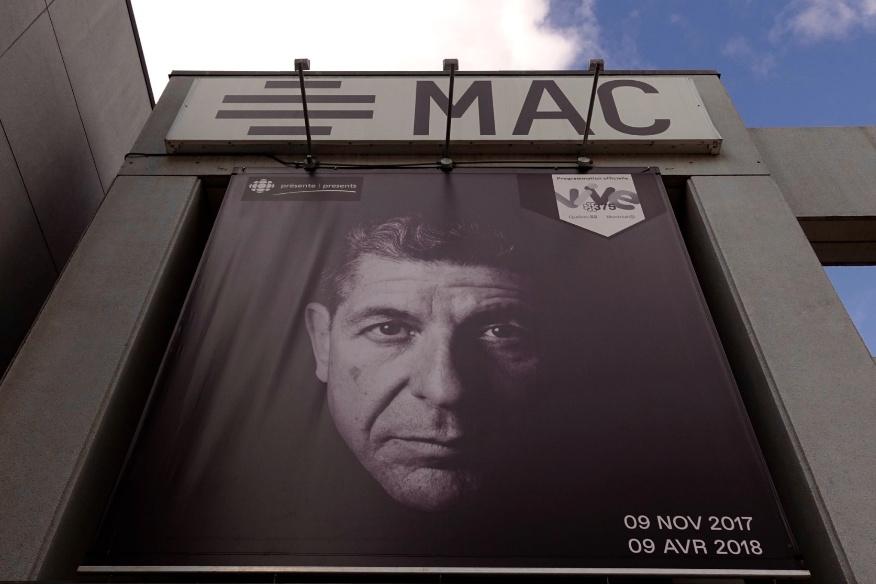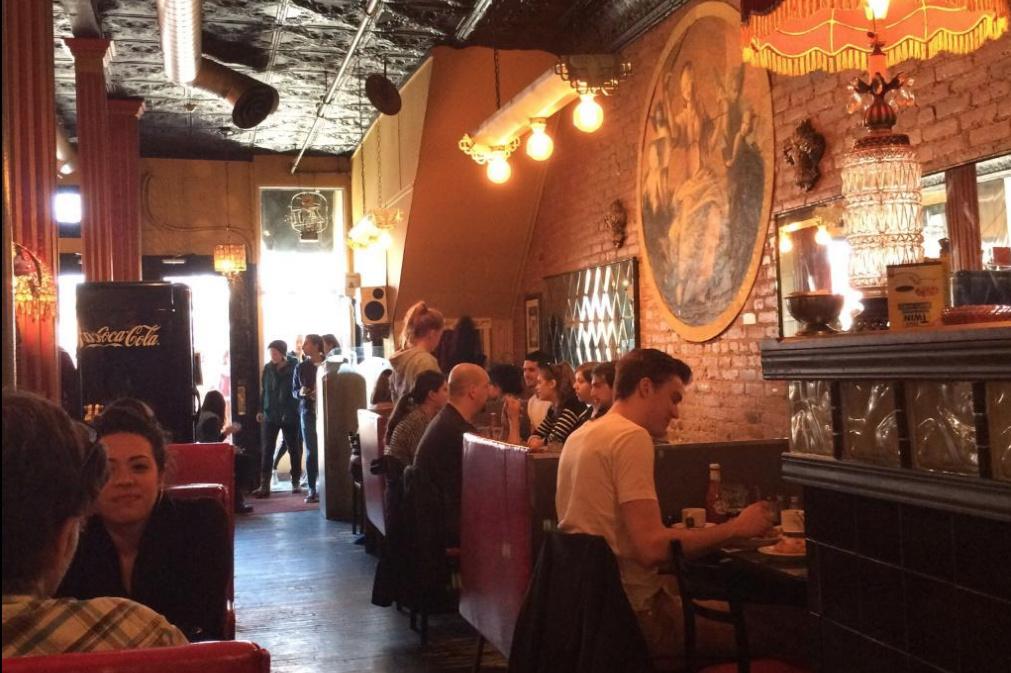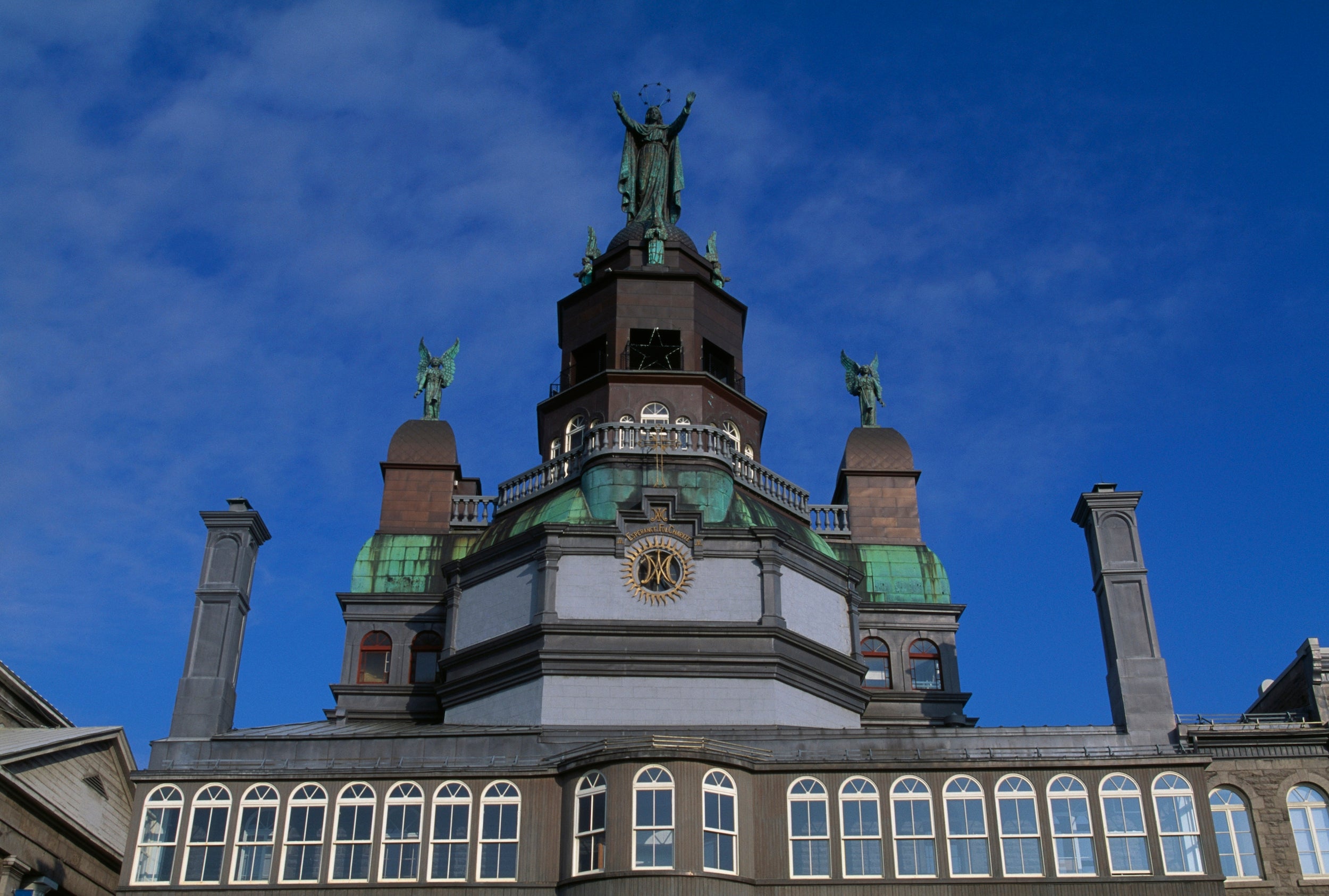Is Leonard Cohen the new secular saint of Montreal?
More than a year after his death, the poet, novelist and singer-songwriter is experiencing a cultural resurgence in the city of his birth

Your support helps us to tell the story
From reproductive rights to climate change to Big Tech, The Independent is on the ground when the story is developing. Whether it's investigating the financials of Elon Musk's pro-Trump PAC or producing our latest documentary, 'The A Word', which shines a light on the American women fighting for reproductive rights, we know how important it is to parse out the facts from the messaging.
At such a critical moment in US history, we need reporters on the ground. Your donation allows us to keep sending journalists to speak to both sides of the story.
The Independent is trusted by Americans across the entire political spectrum. And unlike many other quality news outlets, we choose not to lock Americans out of our reporting and analysis with paywalls. We believe quality journalism should be available to everyone, paid for by those who can afford it.
Your support makes all the difference.In an octagonal chamber at the Musée d’Art Contemporain de Montréal, a spectator in a trancelike state hums Leonard Cohen’s “Hallelujah” as numbers on a digital display leap up to 631. That’s how many people on Earth are streaming Cohen’s version of that secular anthem right now, each represented by a recorded voice humming the song.
In a nearby neighbourhood is Bar Suzanne, a new speak-easy named after one of Cohen’s most celebrated muses and songs. The lyrics “takes you down” are in bold black letters on the stairs — a playful allusion to the song. Olivier Farley, the owner, said he chose the name because “everyone in Montreal is proud of Leonard Cohen – the French, the English; he is sacred here.”
Then there is the imposing, luridly colourful mural that stretches nine full stories down the side of a building in the Plateau-Mont-Royal neighbourhood. Pilgrims come daily to pay homage to the painted portrait of Cohen, staring plaintively from under his signature fedora. A second, even more towering Cohen-inspired mural, is in the heart of downtown.
Montreal has a real case of Leonard Cohen mania. More than a year after this poet, novelist and singer-songwriter died at 82, he has become something of an urban prophet here. A new generation is memorising his lyrics. There is the museum exhibition, “Leonard Cohen: A Crack in Everything,” inspired by his life and work. And Cohen-obsessed residents are making trips to Moishes, a storied steakhouse, to sample his favourite lamb chops.

In the pantheon of Montreal cultural figures, the soulful, self-effacing singer occupies exalted space. But befitting a spiritual man whose art was nourished by Judaism, Catholicism and Buddhism, Cohen attracts a form of devotion here that can border on the messianic.
Gideon Zelermyer, the cantor of Shaar Hashomayim synagogue here, where Cohen once celebrated his bar mitzvah, said the liturgical melodies of his upbringing had brought Cohen solace as he was suffering from cancer. He was buried in the synagogue’s cemetery next to three generations of his family. “Cohen’s grave always has footsteps leading to it, no matter how high the snow,” Zelermyer said.
Cohen, he added, embodied his native city, its multiple cultural identities, the poetry of its potholes and imperfections. “What Bruce Springsteen is to New Jersey as a prophetic voice, Cohen is to Montreal,” he said. “His lyrics are not ‘Baby, baby.’ They are deeply profound.”
Andrew McClelland, aka Li’l Andy, a 35-year-old, 6ft 4in country singer, said: “The reverence for Cohen has become a fully fledged civic mania.” On a recent Thursday night McLelland led a group of singers through all the tracks on The Future (1992), one of Cohen’s most poignant and cerebral albums. The audience of aging hippies and 20-something hipsters in the sold-out Gesù concert hall, listened rapturously to the performance, including a Motown-infused version of “Closing Time.”
In a sometimes divided city with an Anglophone minority and Francophone majority, McClelland noted that Cohen, in death, as in life, had become a “secular patron saint who everyone can get behind.”
Enjoy unlimited access to 100 million ad-free songs and podcasts with Amazon Music
Sign up now for a 4 month free trial (3 months for non-Prime members)
Enjoy unlimited access to 100 million ad-free songs and podcasts with Amazon Music
Sign up now for a 4 month free trial (3 months for non-Prime members)
Cohen’s inextricable links with Montreal were further burnished in January after he posthumously won his first solo performance Grammy for “You Want It Darker,” a darkly elegiac song he sang, backed by the Shaar Hashomayim choir.

The reverence for Cohen reaches a crescendo at the museum in an alluring multichannel video installation by the South African artist Candice Breitz, in which 18 older men, are simultaneously singing – in some cases, croaking – the words of Cohen’s entire comeback album “I’m Your Man,” accompanied by the synagogue’s choir. As the individually recorded voices merge and the men variously dance, sway or tear up, the reflection on aging masculinity and superfandom is both comical and moving.
The exhibition also features multidisciplinary works by some 40 other artists and musicians. For example, there is a vintage Wurlitzer organ whose every key conjures a gravelly voiced Cohen reciting a poem from his “Book of Longing.”
The cultural fixation on Cohen reflects a man who relished being a part of the city’s literary and artistic underground. Born in 1934 to an affluent Jewish family, Cohen descended from the hills of his rarefied Westmount neighbourhood to play country music in Montreal’s gritty downtown cafes when he was only a teenager. He became part of an avant-garde Montreal literary circle and would recite his poetry at jazz clubs.
While he lived part of his life in New York, London, the Greek island Hydra and Los Angeles, Cohen observed that “I have to keep coming back to Montreal to renew my neurotic affiliations”. He kept a home near Boulevard Saint-Laurent, a vibrant immigrant street where Cohen-spotting was a favourite pastime at local delis.
Neighbours say they would see him on the porch of his handsome but unostentatious triplex in Plateau-Mont-Royal, a shabby-chic neighbourhood peppered with graffiti, designer furniture shops, dive bars and pastel-painted houses; he was unfailingly polite and usually holding a notepad.

“Leonard loved the narrow streets near the harbour and the working class Montreal Jewish neighbourhoods of Mordecai Richler novels,” Sylvie Simmons, who wrote a biography of Cohen, said. “He lived his whole life away but he never left.”
The city helped fuel his music and poetry, including his song “Suzanne,” about dancer Suzanne Verdal, with whom he would stroll around the Old Port in Montreal, a romantic quarter where the sound of horse-drawn carriages clunk-clunking over cobblestones provides an urban rhythm. The lyrics, “And the sun pours down like honey/ On Our Lady of the Harbour,” allude to a statue of the Virgin Mary that crowns the 18th-century Notre-Dame-de-Bon-Secours Chapel.
In a city consumed by culture wars over language, Cohen’s music proved a unifying elixir. Following the so-called Quiet Revolution of the 1960s, when many Francophone Quebecers sought to break free from the Roman Catholic Church and Anglophone domination, Cohen was nevertheless embraced across the linguistic divide.
It didn’t hurt that he sometimes sang in French and his meditations on love, the sacred and the profane found particular resonance in a libertine city formed by the Catholic Church it had revolted against.
Jean-Pierre Ducharme, 68, a retired Quebecois army officer, who is featured in the Candice Breitz piece, recalled discovering Cohen at 17. He didn’t understand Cohen’s lyrics, but the poetic reverie was so hypnotic that it didn’t matter. “It wasn’t about politics or ideology but because of the beauty of his music.”
The melancholy that suffused Cohen’s work also had echoes in Montreal’s endless winters, noted Kevin Ledo, 39, the artist behind the Cohen mural in Plateau-Mont-Royal. When spring finally arrives, the city bursts with colour and unwrapped bodies, a transformation captured by the sensual euphoria of Cohen’s lyrics. “There is a yearning, a feeling of unrequited love in his music that is somehow very Montreal,” he said.
Cohen, a humble man, might have been embarrassed by the sometimes cultish reverence.
Edward Singer, 71, a retired businessman, wrote a novel based on “Suzanne,” and displays over his desk a photoshopped image of himself and his idol with Cohen’s arm lovingly draped around his shoulder.
“He was a one of a kind, a Jew from the Anglo community in Montreal who became beloved across the world,” Singer said. “Some people ask, What would Jesus do? I ask myself, What would Leonard do?”
© New York Times
Join our commenting forum
Join thought-provoking conversations, follow other Independent readers and see their replies
Comments